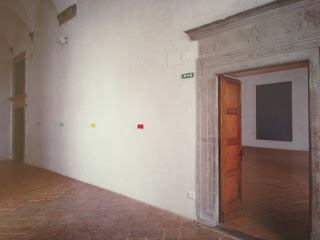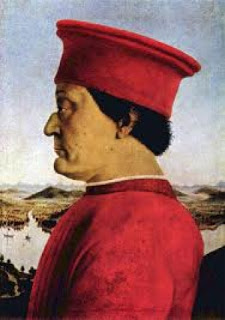
In 1999 I visited the magnificent Ducal Palace in Gubbio, owned by Federico de Montefeltro, Duke of Urbino and one of the 15th century’s great wonders. It was there, in the palace’s cold, empty halls, that part of the Panza di Biumo collection is held, containing works from the 1980s and 90s.
Monochromatic paintings in various formats filled the walls of the palace, and each of the participating artists was given a specific space in which to display their talents. The collection included Ettori Spalletti’s simplicity and harmony, metallic monochromatic paintings by David Simpson, geometric paintings by Ford Beckman and even small cubes by Stuart Arends, whose tiny size caught my attention - appearing in different colours on a large wall, it seemed as though they would simply vanish in space.
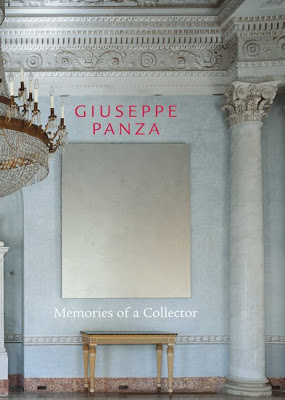
In his book Memories of a Collector, Panza reflects on Arends’ imaginative and sensitive artwork, noting that rather than hiding a certain ideology behind its surface, its sole purpose is aesthetic: beauty, composition and colour. There are times when visitors are grateful for the simple aesthetic contemplation of a piece, without feeling as if they are missing out on a greater message that the artist is trying to communicate.
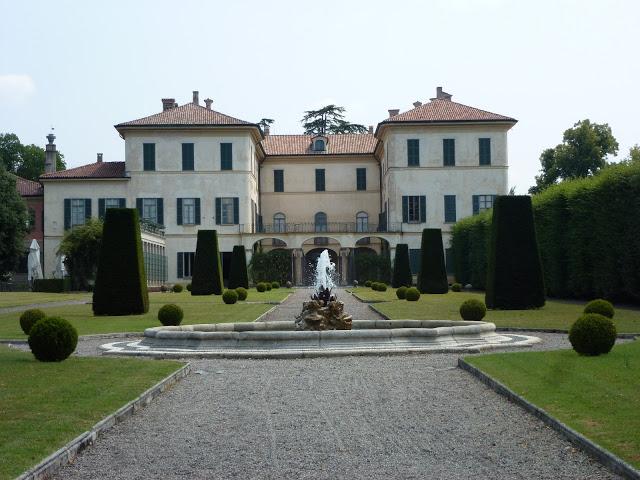
In September 2012 I had the chance to visit Villa Menafoglio in Varese (near Milan), a splendid building and home to Giuseppe Panza, one of history’s great contemporary art collectors, who lived there until his death. His widow Giovanna, who shared his passion for art, still lives in the Villa today. Panza’s interests were broad, including philosophy, astronomy and biology, the first in particular informing much of his art collection. He was a passionate man who tirelessly pursued his search for truth in life and art.
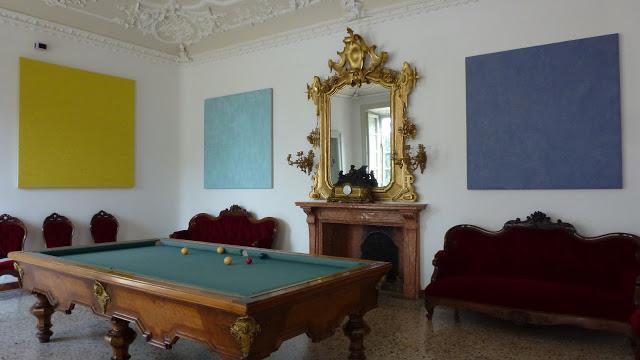
He bought his first painting, a Tàpies, in 1956, attracted as he was by its pessimism which he recognized as being the result of the social traumas and political upheaval after WWII, and which deeply affected him personally. He was collecting art from the United States, spurred on by the lower prices and a more energetic, exciting art scene, at a time when Europe was not paying much attention to the American art market. Towards the end of the 50s, he starts buying Rothko’s spirituality, the every-day of Rauschenberg as a conceptual form of expression, the endlessness of Kline… In the 60s, he moves towards ever more abstract art, minimalist and conceptual works that are stripped to their essence, adding artists such as Donald Judd, Dan Flavin, Richard Serra, Bruce Nauman and Robert Morris to his collection. In this period he also shows an active interest in the emerging pop art movement, acquiring works by Lichtenstein, Oldenburg and Rosenquist, among others. His collection continues to grow steadily, eventually adding up to over 2,500 pieces: a staggering representation of every avant-garde movement that came out of the second half of the 20th century.
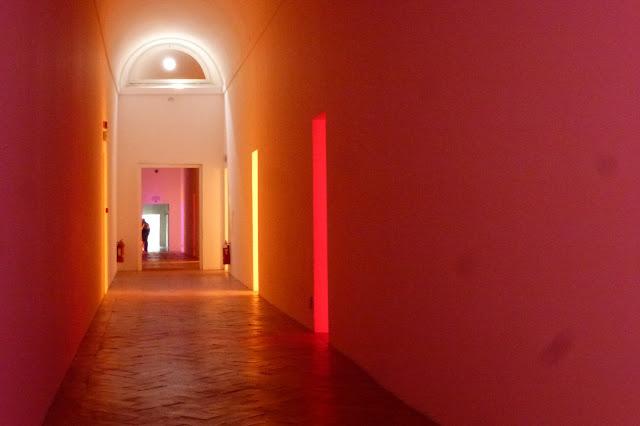

Today Villa Menafoglio maintains a permanent collection, even though the majority of the original collection was acquired by Los Angeles’ Museum of Contemporary Art and the Guggenheim in New York. What I found most fascinating was a part of the villa dedicated to Dan Flavin, made up of various halls each containing an installation piece by the artist: I’d certainly never seen a larger permanent space dedicated to Flavin before. The space was filled with complete silence, and visitors would walk down corridors lit by lights in adjacent rooms. The halls were set up to induce visitors into an almost mystical state of deep contemplation and reflection. Another artist whose work caught my attention was James Turrell: his work, which changes the environment around it, plays with space, light and our perceptions in general, sometimes tricking our senses in a surprising way. Other artists of note here are David Simpson, Max Cole, Fredenthal, Charlton and Beckman, as well as an excellent collection of African and Pre-Columbian art.
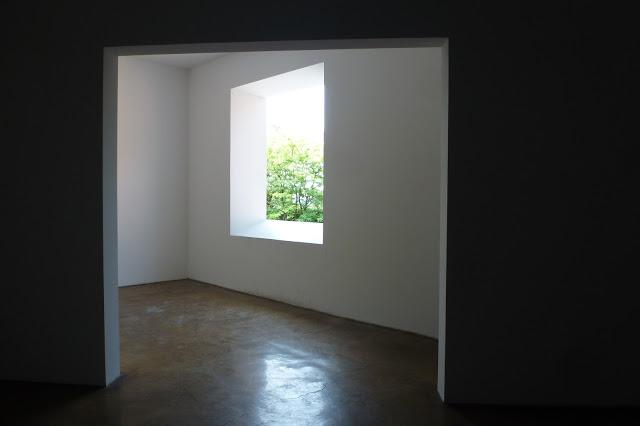
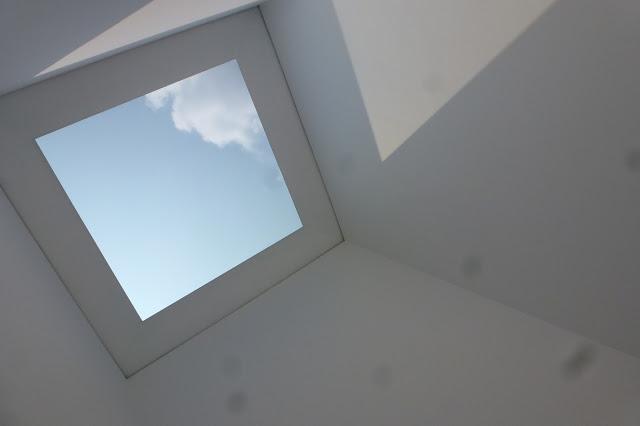
A visit to the museum is highly recommended - through its collection, Panza has tried to understand the society of his time and the profound changes it was going through. This close relationship between art and the passing of time, together with the idea of art as a channel for humanity’s deepest concerns, were the common threads in his life and collection.
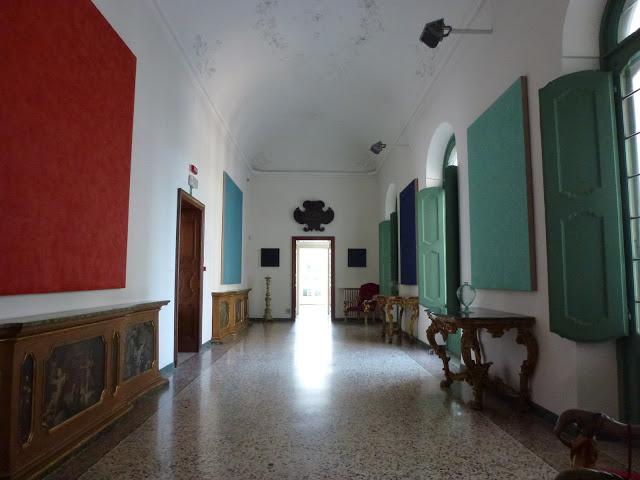
Fotos Camilayelarte



